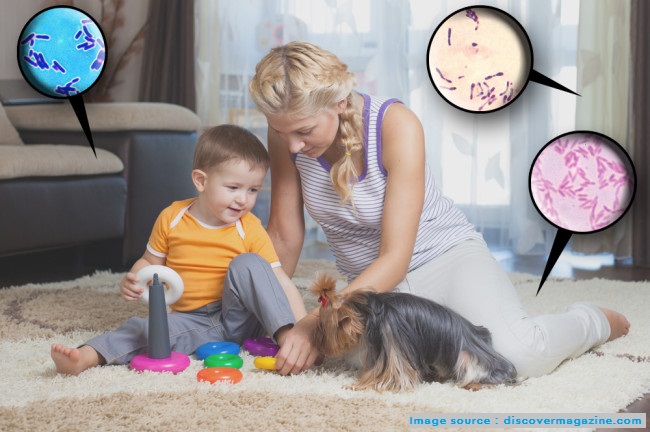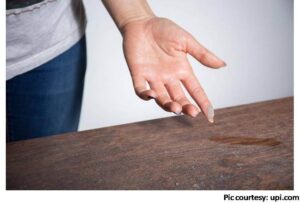Microorganisms containing drug-resistant genes are present everywhere, including human-made environments. Humans are more and more exposed to these microbes because we are spending most of our time indoors which is especially true in the present Covid-19 situation.
Indoors are one of the places where the bacteria from the outdoor environment mix with the human-associated bacteria. Bacteria respond defensively to the various stressors in the indoor environment to enable them to survive and also confer resistance to antibiotics. How?
- Indoor environments promote bacterial interactions through the exchange and transfer of genetic material or mobile genetic elements like antibiotic-resistant genes or plasmids. Built environment surfaces embedded with antimicrobials favor prolonged retention of plasmids.
- Some bacteria can itself be a source of antibiotics expressed to compete with other bacteria in resource-limited indoor environments.
- Inbuilt environments with relative humidity less than 40%, viruses are abundant as compared to bacteria. Many of these viruses mediate the dissemination of antibiotic resistance genes between bacteria, thereby promoting antibiotic resistance.
- The antibiotic resistance genes from the non-living population of bacteria may be taken up by viable bacteria to confer resistance in an indoor environment.
There are multiple sources of stress for the bacteria in the indoor environment. Fortunately, building design and operation can alter these stressors. A few examples are:
- Sunlight coming into the built environment can affect microbes in the dust
- Alternatives to surface finishes impregnated with antimicrobials
To read more, kindly visit the website of the Journal of exposure science and environmental epidemiology through the link.







